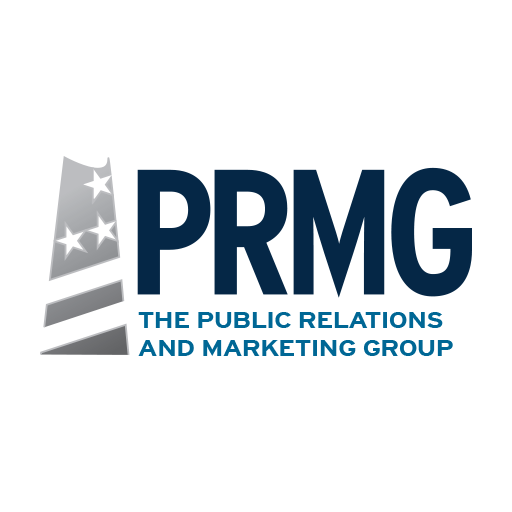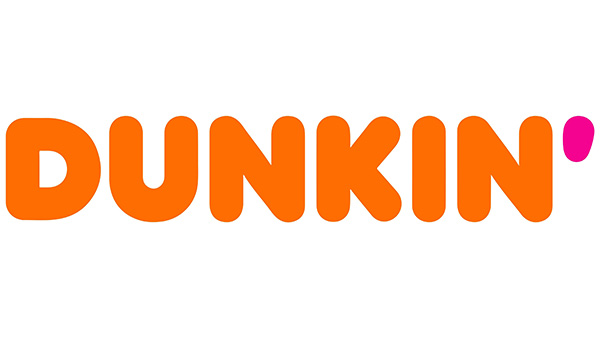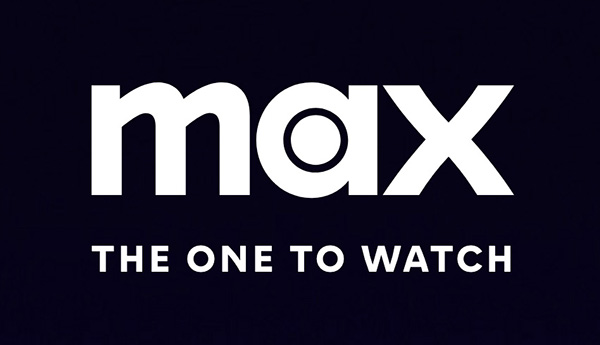Deciding to Build a New Web Site
If you are starting a new business or organization, you realize that developing your web site is one of your top priorities. In today’s online world, those organizations that do not have a web site, just don’t seem like legitimate businesses or ones that prospective buyers, clients or supporters have confidence to do business with. Increasingly, as traditional marketing approaches become less effective, perhaps led by the phone book, it has never been more important to concentrate your marketing efforts in your web site and to effectively implement an online communications strategy to build your business.
Planning a New Web Site
Whether you are starting a new business or entity, or asking yourself if it is time to re-design your organization’s site, setting out to design a new site takes considerable planning. Planning ahead will help you develop a site that is both content-rich and one that visitors will engage with. This will help your site generate business leads and sales or supporters for your cause or organization.
Design Your New Web Site with Your Visitors (Prospective Buyers, Supporters, and Clients) in Mind
The first thing you need to do is to set out to design your web site with your prospective buyers, supporters and clients in mind (heretofore referred to as buyers). To do that, you must begin with the following questions: Who are your prospective buyers? What problems do they have? What services or products do you provide that can meet their needs? What demographic groups do they fall into? What types of Web content will they respond to? Once you determine who your buyers are, you can develop specific content to meet their needs.
Consider the way search engines work. They seek to provide the best results for what people are searching for. Because of this, you will likely have a separate web page for each of your different products, etc. and for each type of buyer and their problems. The more specific the content, the better, as your page content seeks to cover niche markets.
What Pages to Include in Your Web Site
When deciding how to organize your site, you will want to consider how to best organize your buyer-specific content with ease of navigation in mind. All sites have a home page. This page is going to be the first page many visitors see, especially when they type your company name into a search engine, enter your URL into a browser, or are referred to your home page from another site. It is important that the home page be attractive and inviting. However, it is even more important that visitors can easily find the information they are looking for and that it addresses their problems. Intuitive organization and useful content are more important than a fancy design or impressive technology. The home page should be a gateway to your prospective buyers. When they visit the site, they should be able to find the content they are looking for and feel that the site addresses their needs. There should be links to address their problems from the buyer’s perspective.
Choosing Content Formats for Your Web Visitors
Because different visitors have different preferences in how they access content or learn about your services, there should be different content formats for different users, including video, audio and multimedia. Specifically, if your site has younger visitors, then they may be more likely to want to watch a video or download and subscribe to a podcast.
Getting Your Visitors to Interact with Your Web Site
Every page should also have an e-mail sign up, as well as a call to action to a free download. You will also want links to your contact page and contact form. Every page should have a different call to action based on the page’s content. You may also want to provide opportunities for visitors to interact with your site, including social media bookmarks and ways to share your content with others, and to include links to your social media sites and a blog. You can include links and badges or banners for people to add to their site. You can provide content for others to use on their sites. You can also ask visitors to rate your page or interact with an online forum. You can even ask them to take action by providing them content and asking them to e-mail an elected official, for instance. The purpose of all this interaction is to gather contact information and to have your visitors promote your site.
Measuring Web Page Effectiveness
One measure of your site’s effectiveness is its “bounce rate.” This is the percentage of visitors that do not go onto a second page on your site and is measured in Google Analytics. Although the bounce rate applies to all the pages in your site, it tells us that the visitor did not find what they were looking for or that the site was not for them. If you paid for the results through ad words, then you lost money. Either way, you lost a prospective customer. Considering that many web site bounce rates are in excess of 50%, you can double your real traffic by making it easier for people to find the content they are looking for or improving the presentation of the information they find to show that your organization can address their problems.
Another measure is the page’s search function. If a visitor uses it, they are saying they can’t find what they are looking for, using your navigation scheme. Monitor these searches and change your content accordingly. You can also use Google Analytics and your Ad Word keyword results to see what people are searching for. This will help you decide the best keywords to use for your site pages.


